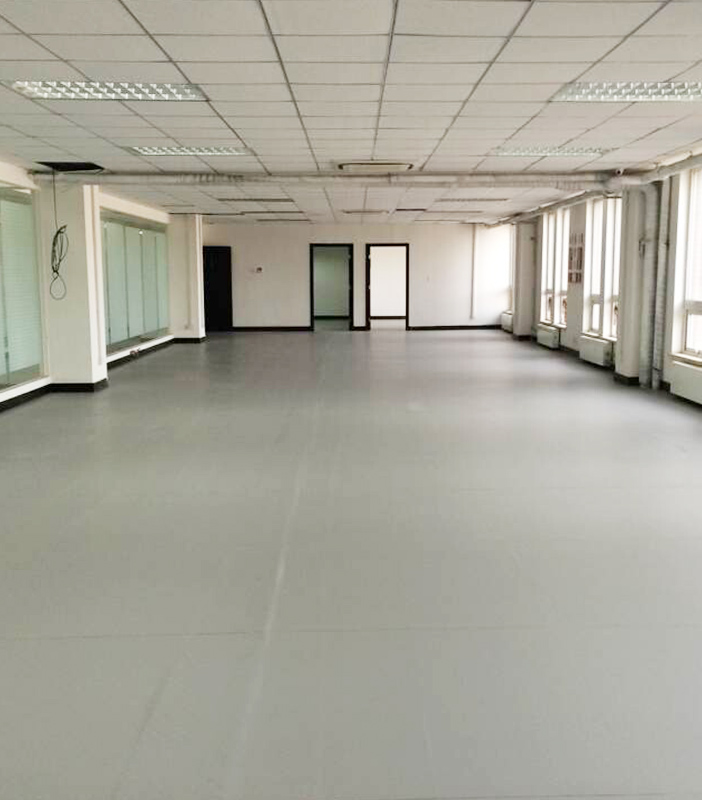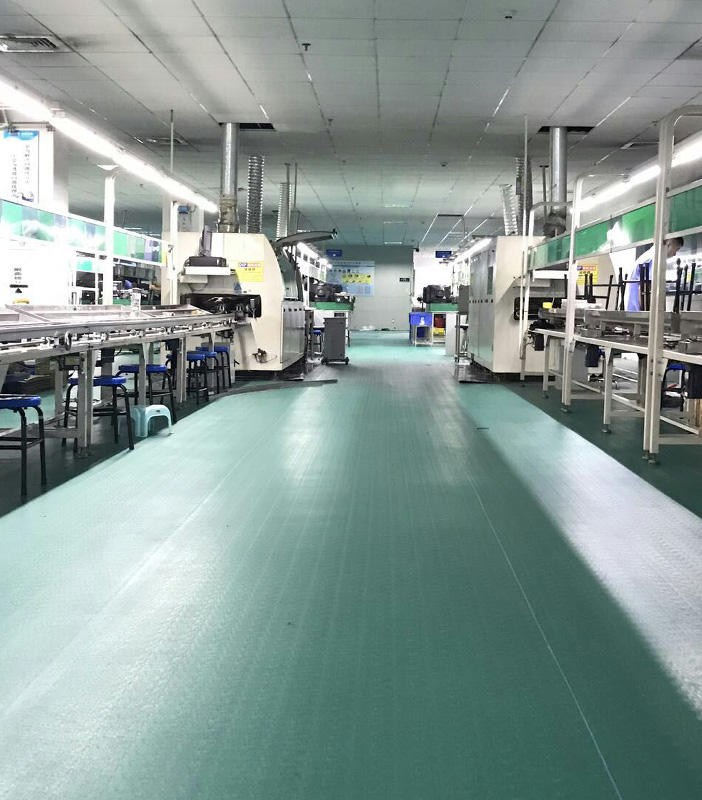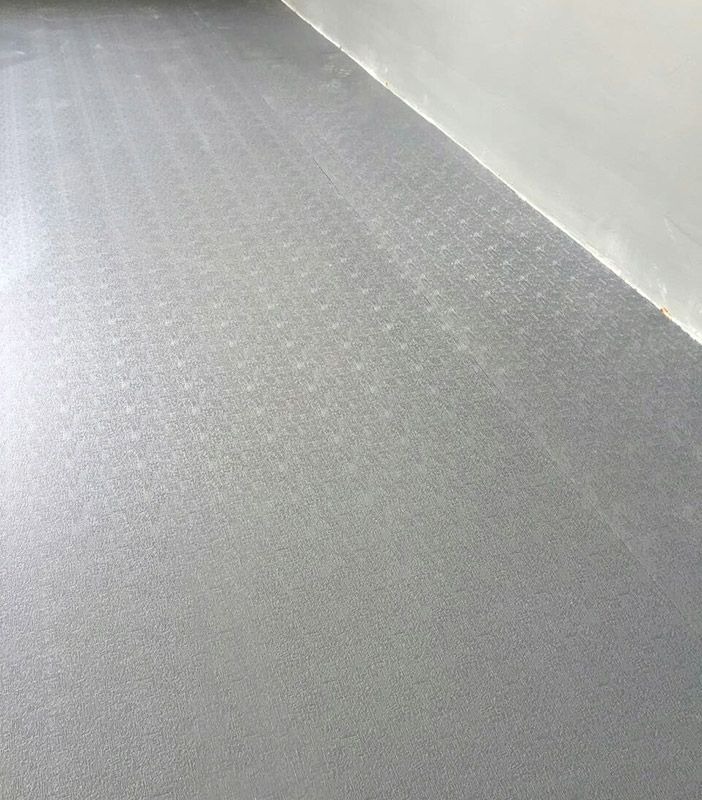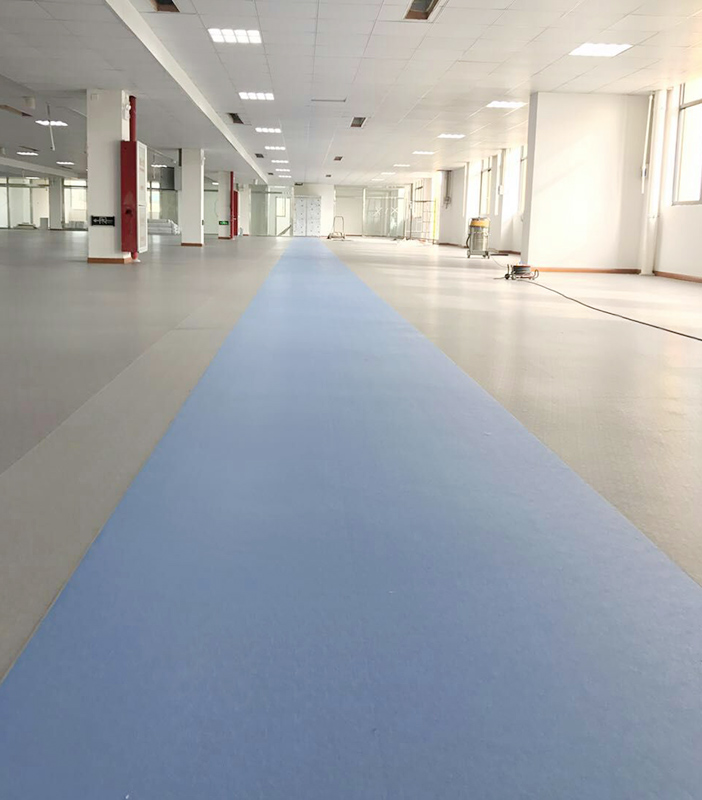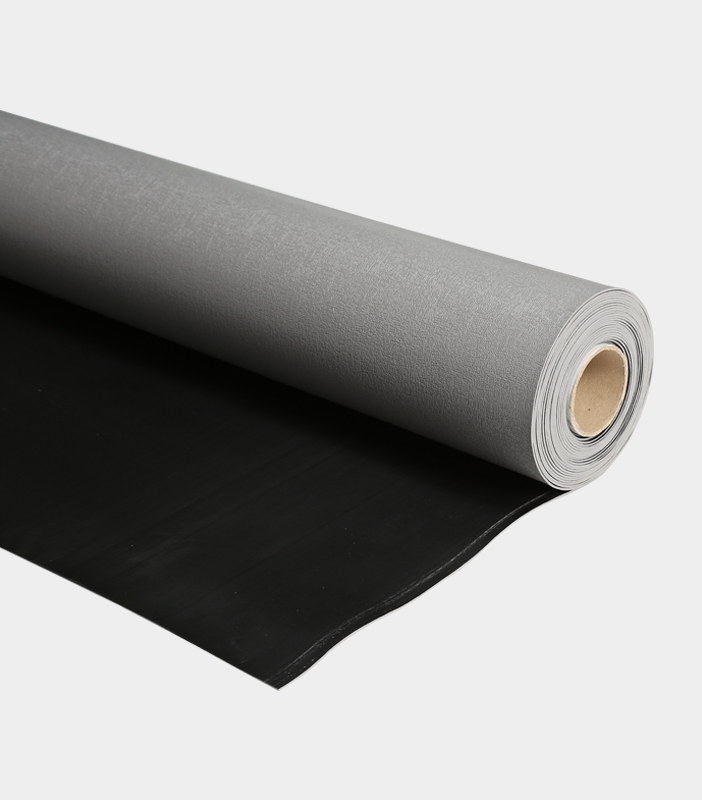High Quality Anti Static Mat Exporter Supplier Manufacturer
Anti-static mats, also known as ESD (Electrostatic Discharge) mats, are crucial tools used in environments where sensitive electronic components are handled. These mats are designed to protect equipment and devices from damage caused by static electricity, which can result in malfunction or permanent failure of electronic parts. Widely used in electronics manufacturing, repair centers, laboratories, and cleanrooms, anti-static mats play a key role in maintaining safe and controlled workspaces.
Anti-static mats are engineered to provide a controlled environment by safely dissipating static electricity away from sensitive electronic components. Some of the key features include:
Static Dissipation: The primary function of anti-static mats is to prevent the buildup of static electricity on surfaces. These mats are designed with materials that allow static charges to flow harmlessly to the ground, protecting electronic components from accidental discharge.
Layered Construction: more anti-static mats feature a multi-layer design, typically including a static-dissipative top layer and a conductive bottom layer. The top layer dissipates static electricity, while the bottom layer provides a path to ground the charge.
Grounding Mechanisms: Anti-static mats often come equipped with grounding cords or wrist straps, which help connect the mat to a grounded point. This grounding mechanism is vital to ensure that static charges are effectively and safely directed away.
Durability: Anti-static mats are constructed to withstand daily use in demanding environments. They are resistant to wear, heat, and chemical spills, making them suitable for various industrial and commercial applications.
Variety of Sizes and Colors: These mats are available in different sizes, thicknesses, and colors to fit various workspaces. Common colors like blue, green, and grey are often chosen to reduce glare and create a visually comfortable working environment.
Anti-static mats are used across a range of industries where static-sensitive devices are present. Key applications include:
Electronics Manufacturing and Assembly: In electronics manufacturing facilities, anti-static mats are used on workbenches, floors, and assembly lines to protect components during production. They help reduce the risk of damage to microchips, circuit boards, and other delicate parts.
Repair and Maintenance: Service centers for computers, smartphones, and other electronics rely on anti-static mats to create a safe environment when repairing or replacing components. These mats help technicians avoid accidental static discharge that could harm the devices.
Laboratories and Testing Facilities: Laboratories dealing with electronic testing and development use anti-static mats to ensure a stable environment free from static interference. This is particularly important for accurate measurements and reliable testing outcomes.
Cleanrooms: Cleanrooms that manufacture and handle sensitive electronics often use anti-static mats to maintain low static levels. These mats help protect sensitive equipment and small contamination risks.
Anti-static mats are made from a variety of materials, each with unique properties that suit different environments:
Rubber: Rubber mats are known for their durability and static dissipation properties. They are flexible, resistant to chemicals, and can handle heavy-duty usage, making them ideal for manufacturing settings.
Vinyl: Vinyl mats are lightweight, cost-effective, and provide good static control. They are suitable for moderate-use environments like repair shops and small assembly areas.
Elastomer: Elastomer mats are engineered for high-performance static dissipation and are resistant to wear, heat, and chemicals. These mats are commonly used in high-demand industrial applications where durability is critical.

 简体中文
简体中文 English
English España
España Deutsch
Deutsch